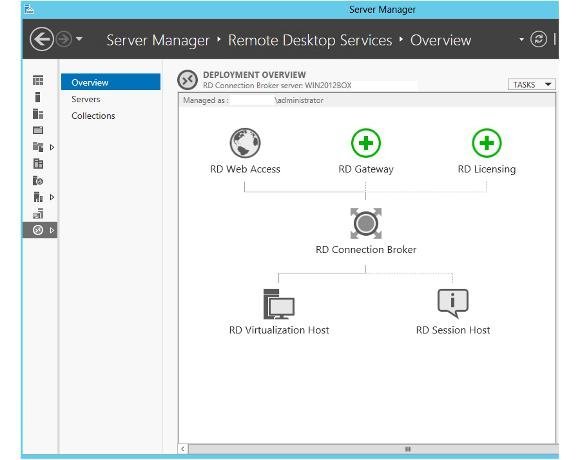Windows Server 2012: inside Microsoft's Enterprise Server OS
Remote Desktop Services are easier to configure and manage in Server 2012 due to new administrative tools. The underlying technology is the same as before, based on either session virtualisation, which are in effect remote desktop sessions on the host server; or on Hyper-V desktops, in which each user has a complete virtual machine. Pooled virtual desktops, in which users are assigned a virtual machine from a pool when they log on, have improved user personalisation due to the use of user profile disks. There are also new throttling settings for network, CPU and disk I/O, to prevent one overactive session from killing performance for other users.













